 English
English

This year Holi, also known as ‘Dhulandi’, is celebrated on March 25. Must read full details on Dynamite News:
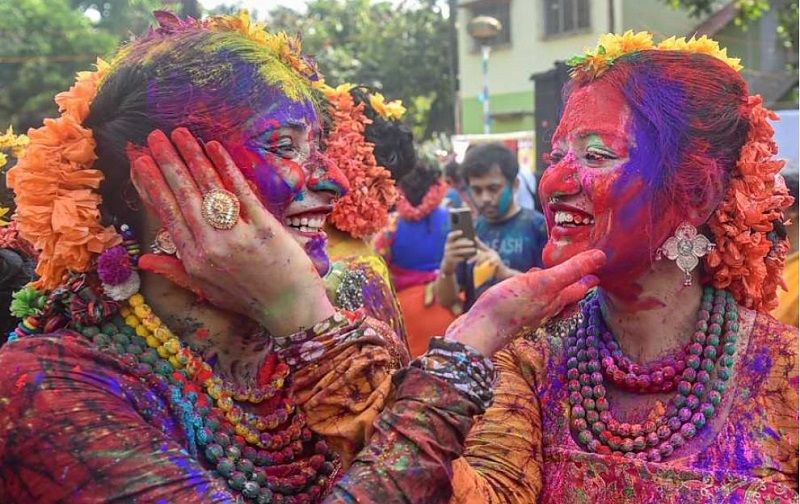
New Delhi: The festival of hues Holi is celebrated widely with fervour, devotion and grandeur across India as well as in several other countries.
The festival is observed on the full moon day of the Hindu lunar month which usually falls during March.
This year Holi, also known as 'Dhulandi', is celebrated on March 25.
People celebrate the festival by smearing each other's faces with 'gulal'and splashing colours with 'pichkaaris' on near and dear ones. Delicious sweets are also prepared and distributed among near and dear ones.
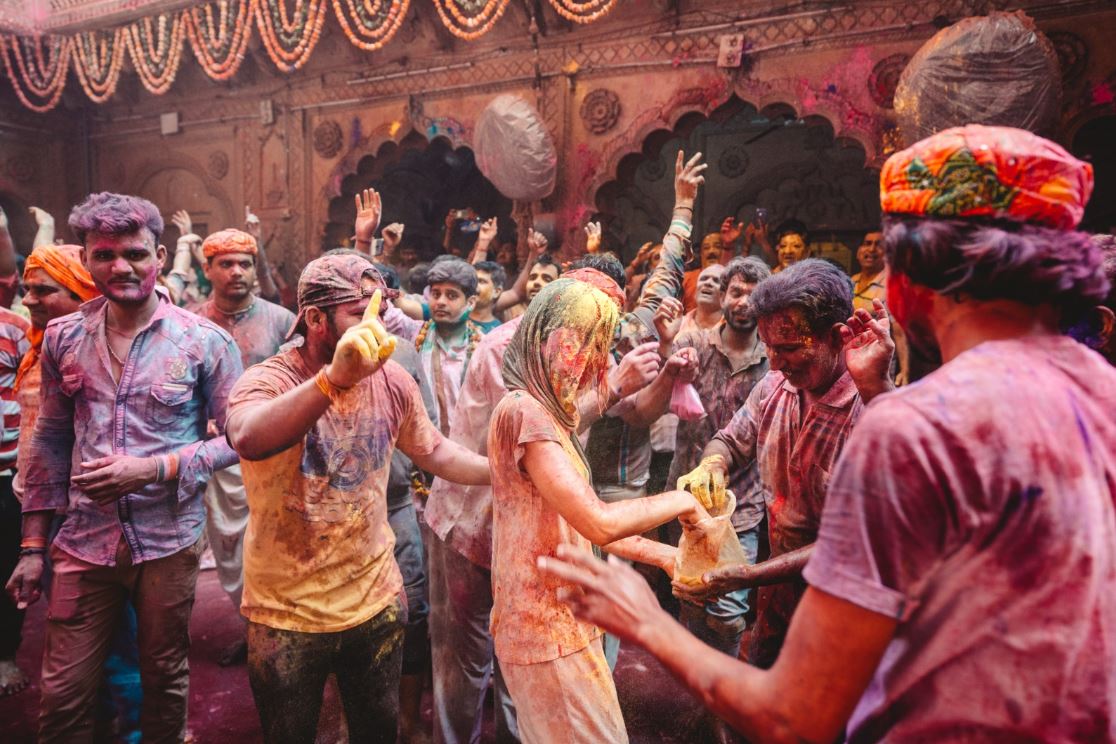
However, on the eve of Holi, Holika Dahan happens. For this people collect wood to perform religious rituals, making large bonfires that are lit.
Holika Dahan celebrates the death of the Hindu Demon, Holika, and the victory of good over evil.
According to traditions, the demon Holika was the sister of the Demon King, Hiranyakashipu (Hiranyakashyap) who was given immunity to the fire by the Gods. Hiranyakashipu asked Holika to kill his son Prahlada by burning him alive.
He hated Prahlada because of his devotion to Lord Krishan-Radha and Lord Vishnu.
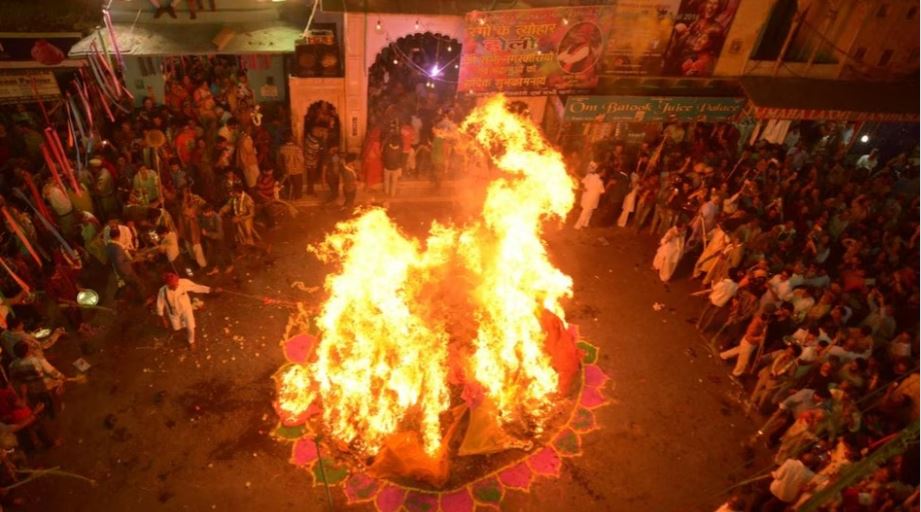
Since the Gods had given Holika immunity to fire, she tried to kill Prahalada by sitting in a fire with him trying to burn him to death. Instead, the Gods punished Holika for using her powers for evil.
Therefore, she was burned to death instead while Prahalada lived to rule as a wise king. Prahlada survived because of his dedication to Lord Vishnu.
Verious Holi Tradition:
Let’s now have a look at some unique Holi traditions that are practised here.
Braj Ki Holi
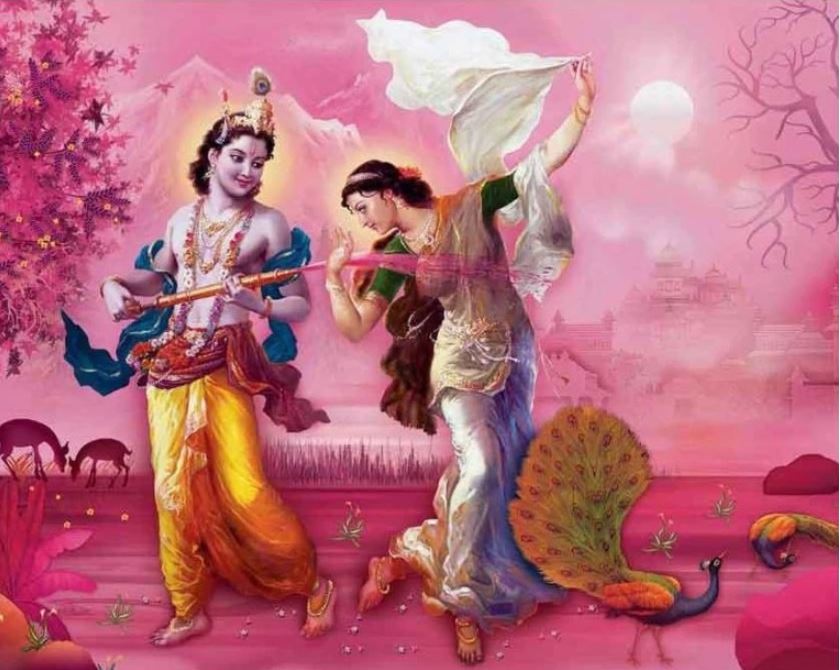
The Braj Ki Holi is one of the most vibrant of all Holi celebrations in India. The 10-day Braj Ki Holi festivities are dedicated to the life of Lord Krishna and Radha with grand celebrations in Mathura, Vrindavan, Barsana, Nandgaon and Gokul. Lord Krishna spent his childhood in these regions.
Lathmar Holi
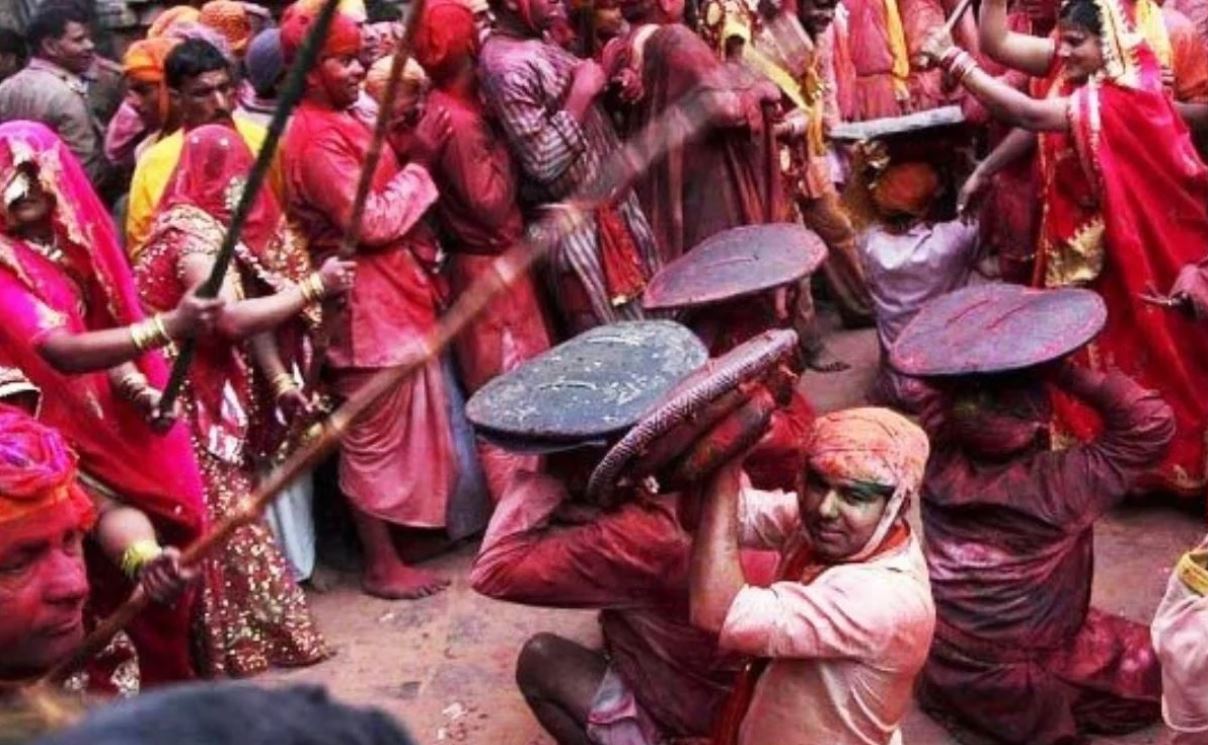
Lathmar Holi of Barsana recalls the legend of Shri Krishna being beaten by Radha and Gopis by sticks when he poured colour on them to Phoolon Wali Holi that symbolises memorable moments of Radha-Krishna playing with flowers at Vrindavan.
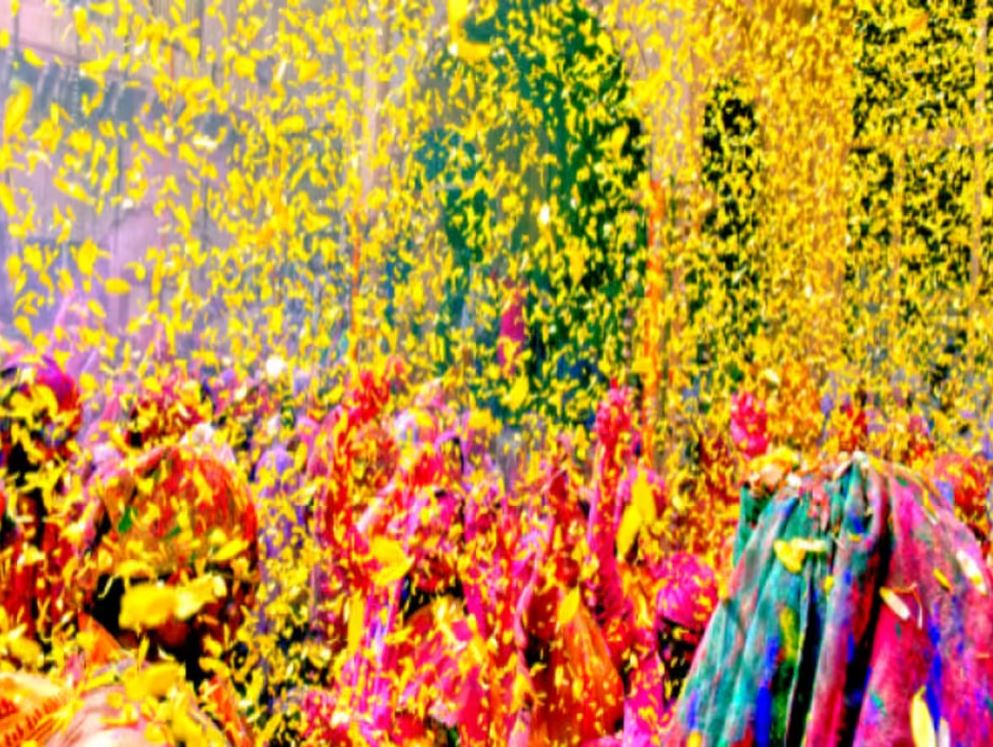
The tradition is still followed where men are beaten with wooden sticks by women. Men sometimes catcall and tease women to get their attention, and then shield themselves from their beating.
Holi With Ashes:
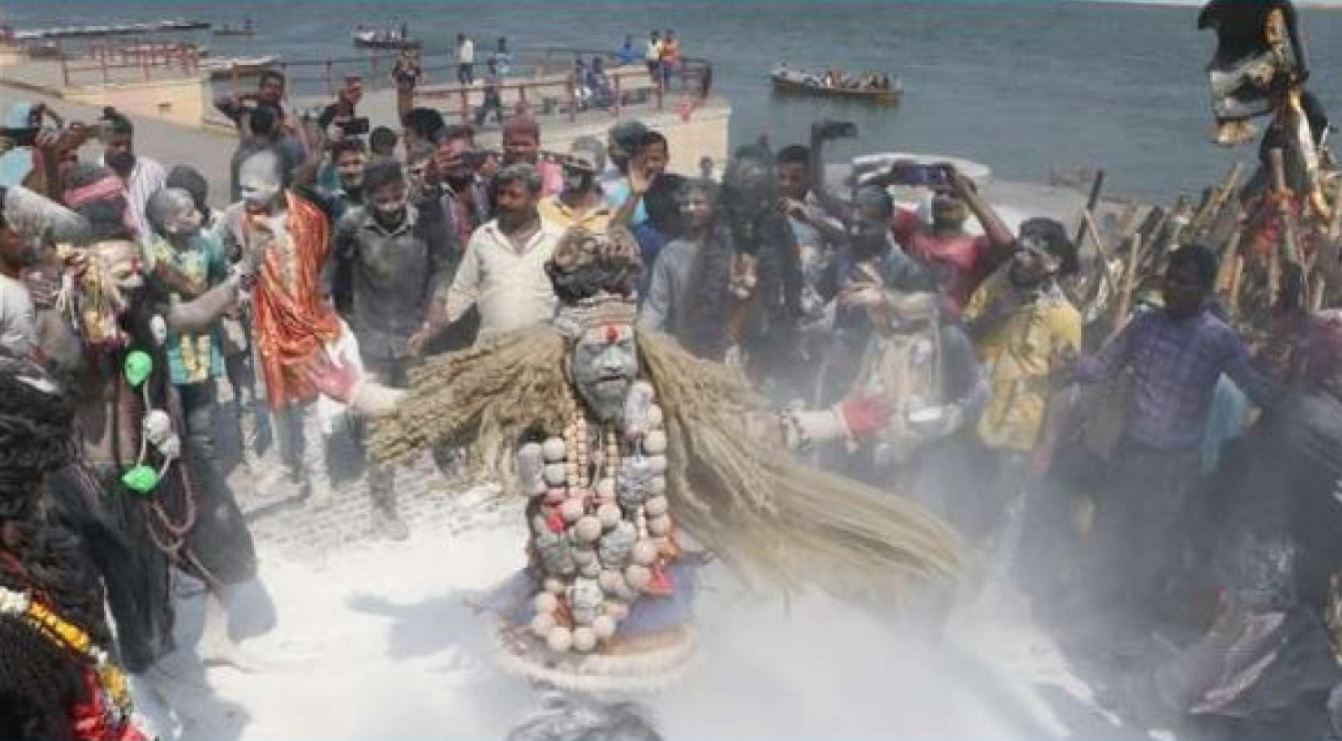
A unique tradition is followed in Varanasi where after the puja is performed by the priest, people engage in throwing ashes obtained from cremation pyres and throw at each other. Sometimes they mix gulal with ashes and use it to play Holi.
Basanta Utsav:
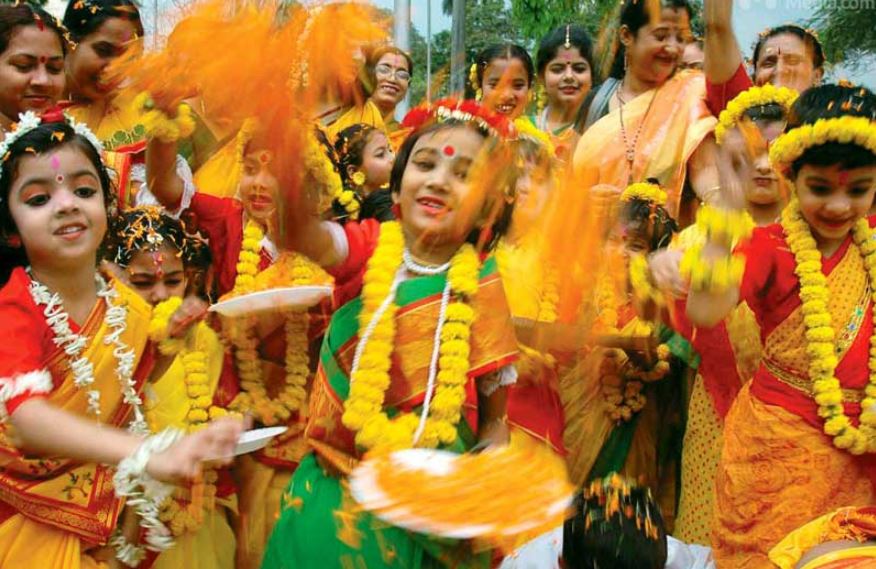
In West Bengal, particularly in Santiniketan and Birbhum, people engage in Basanta Utsav where they play Holi accompanied by song, dance and chanting of hymns. This was introduced by legendary laureate Rabindranath Tagore.
These are some of the selected rituals of Holi, though there are as many traditions as different regions in the countrey.